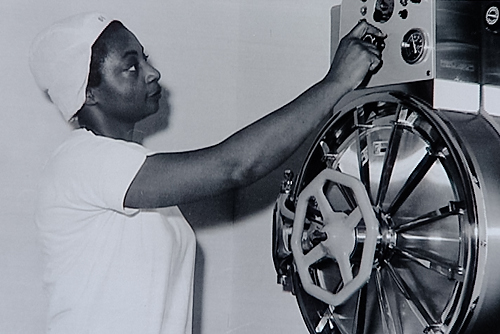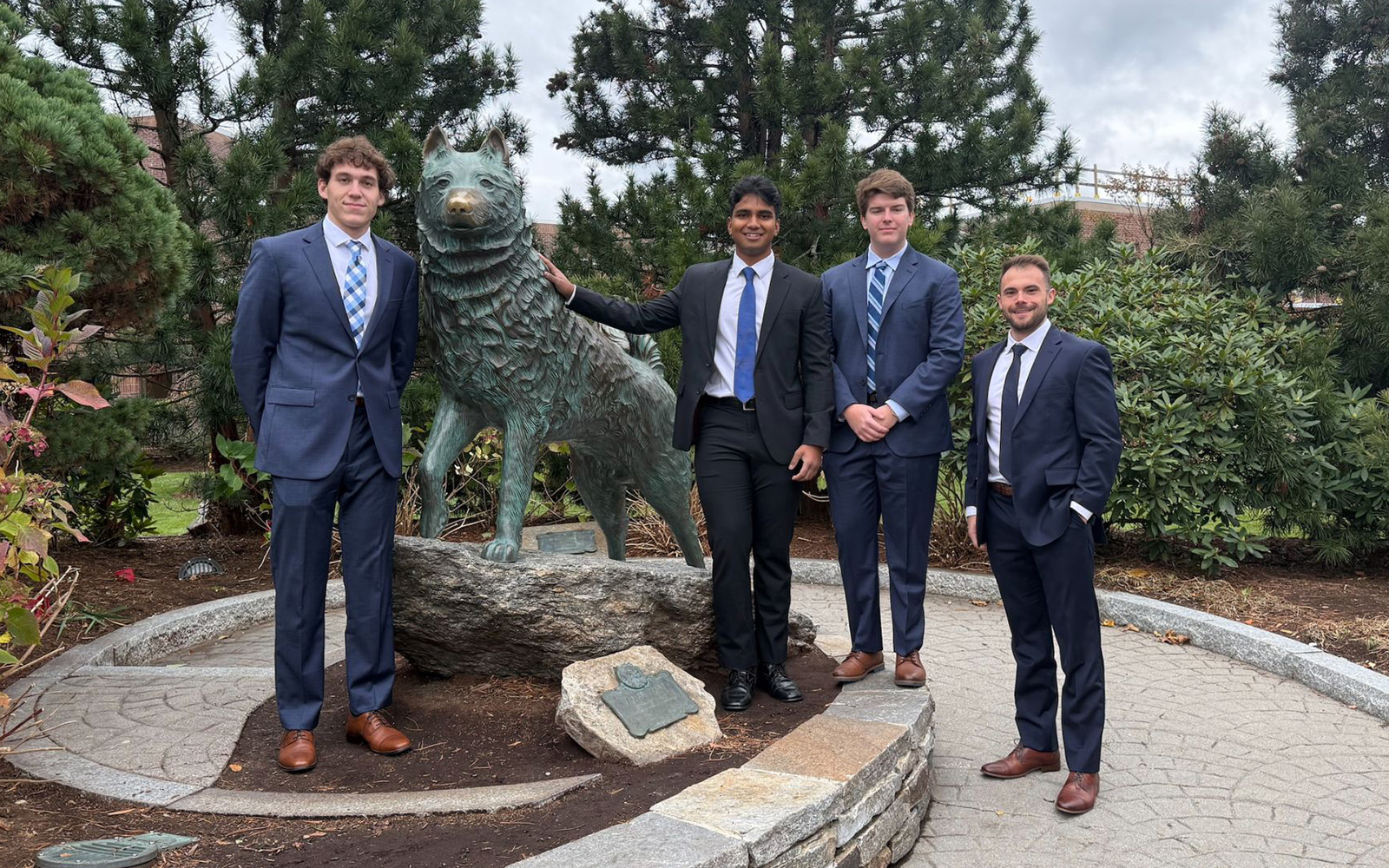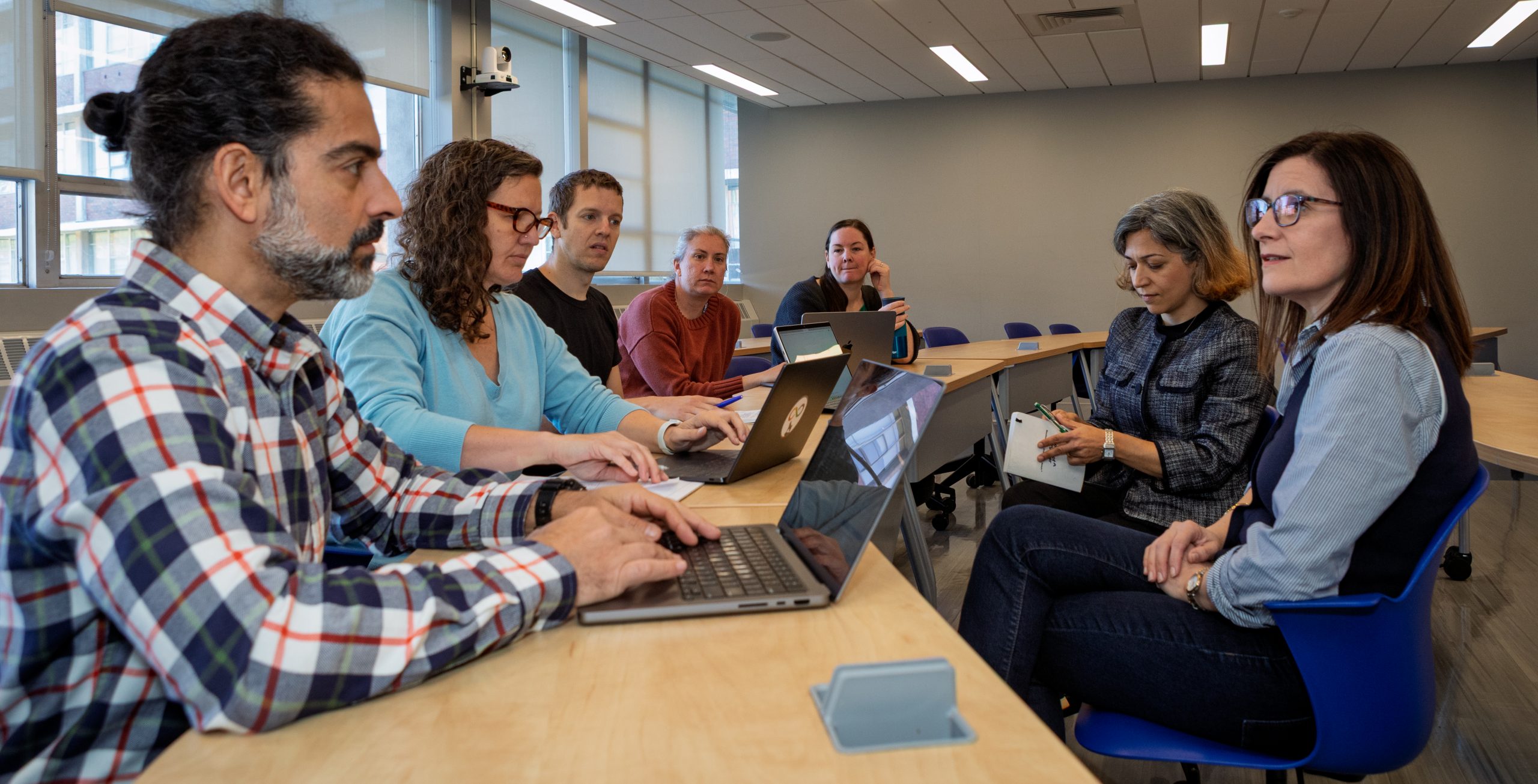This story is the tenth of a multi-part series on the history of the Health Center. The entire series can be read at the Health Center’s 50th Anniversary website.

As in all health care institutions, nurses’ roles at the UConn Health Center have evolved over the past several decades.
In the Health Center’s early years, patient care was provided exclusively by registered nurses.
“We were probably one of the last hospitals to have all-RN care,” says Jeanne Lattanzio, who began her career with the Health Center at McCook Hospital in 1971. “But times change. We moved to utilizing medical assistants and nurse aides, with nurses providing education and high-tech nursing care and aides taking over baths, changing beds and so on.”
Over time, demands on physicians and reductions in residents’ hours meant that nurses had to take on additional high-level tasks and procedures. Hospitals needed a core of specially trained nurses. So, while serving as director of John Dempsey Hospital’s Critical Care and Special Care Units in the early 1990s, Lattanzio worked with nursing educators in the University’s School of Nursing to implement an advance practice registered nurse, or APRN, program.
“We selected certain nurses in the hospital to go to UConn and do what we called a ‘blitz’ course, because they would get a lot of education and clinical training in a short period of time,” says Lattanzio, who is now the coordinator of the March of Dimes Family Support Program at the Health Center.

Ten nurses from various units of Dempsey, including intensive care, medical/surgical and oncology, participated in the course. They learned to intubate patients, put in central lines and do other intricate procedures that up to that time had been done by residents or attending physicians. One of the most significant changes was that the nurse practitioners could order medications and write prescriptions. The hospital paid for the nurses’ training with the understanding that they would stay at the Health Center for at least three years. Almost all of them are still there today.
Lattanzio says that establishing the APRN program was “one of the most exciting things I was involved in. I look at it as one of the most important of my accomplishments.”
Current Chief Nursing Officer Ellen Leone, has seen many changes in nursing since coming to the Health Center in 1987.
“Patients are a lot sicker,” Leone notes. “If you’re in the hospital, you’re really ill. Everything’s faster, and there’s lot more technology.”
She also notes that the nurse’s role is not a subservient one, as it was in the very early days of the profession.
“Nurses have gotten more assertive and confident. They have very collegial relationships with physicians,” Leone says. “They are partners in caring, and nurse practitioners can do anything a resident can do.”
In partnership with the University’s School of Nursing, the Health Center runs a summer internship for senior nursing students. Students work under RN supervision, learning to give medications, start IVs, place catheters and more. The intent is to hire the former interns when they graduate the following spring. New nurses have a fully supported six-month orientation that includes weekly support groups to discuss their experiences.
In early 2010, Leone and her colleagues began a multiyear process aimed at achieving the prestigious Magnet status awarded by the American Nurses’ Credentialing Center. Currently, only two Connecticut hospitals, Middlesex and Stamford, hold Magnet status.
Video: “Reflections Through the Decades: Jeanne Lattanzio”
[yframe url=’http://www.youtube.com/watch?v=diPwWnQePu8&feature=channel_video_title’]
Follow the UConn Health Center on Facebook, Twitter and YouTube.



